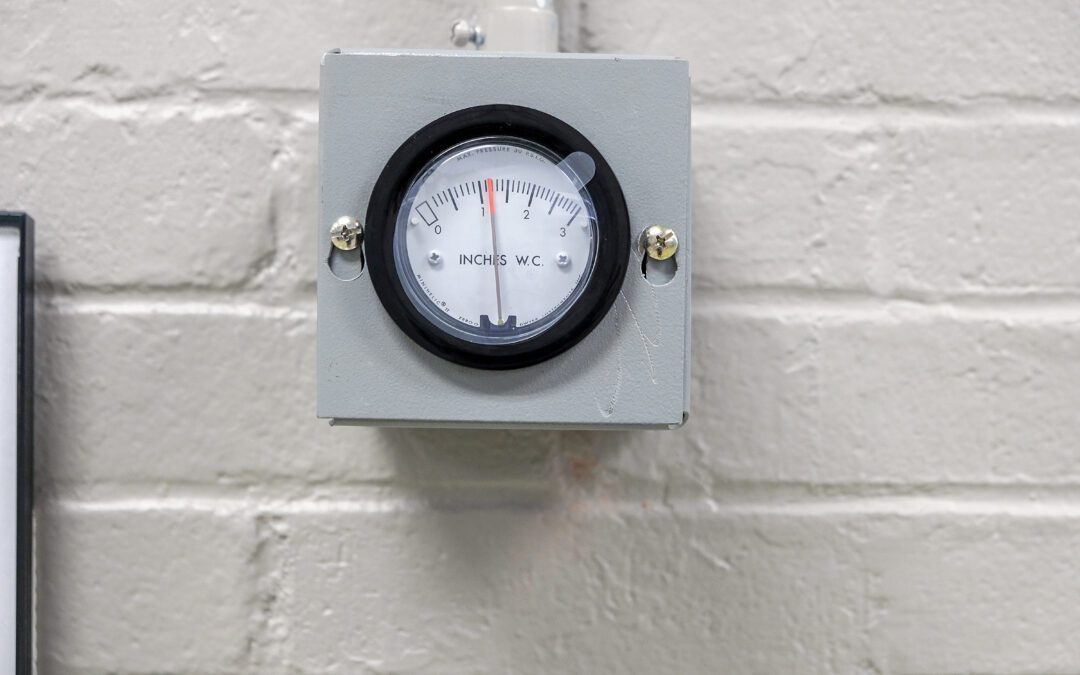THE IMPORTANCE OF RADON TESTING
It’s odorless, colorless, tasteless, and the second leading cause of lung cancer. What is this mystery substance? It’s a natural gas known as radon. Radon is a radioactive gas that’s created by the decay of uranium found in rock and soil. As you would expect, this noble gas presents a hazard to anyone around it, but it’s particularly troubling for home and building owners.
Radon is always present in the air and water at low levels. As long as the concentration is below two picocuries per liter (pC/L), you’ll be safe. However, these levels tend to spike in enclosed structures with poor ventilation. If the concentration level reaches above four pC/L in an enclosed building, it’s recommended that the structure be mitigated. Despite how dangerous radon is, unfortunately, this threat is often ignored.
WHY YOU NEED TO PERFORM A RADON TEST
Although radon levels vary throughout the United States, elevated radon levels can be found in every state. The most common area of exposure is indoors. Since it’s gas, it’s able to slip into homes, office buildings, schools, and more through cracks and other openings in the foundation. If your building isn’t properly ventilated, it can act as a trap for radon gas to accumulate. As this gas is invisible and odorless, the only way you’ll know if your building is affected is if you perform a radon inspection.
WAYS TO TEST FOR RADON
When it comes to radon-level testing, you have two options: Use a do-it-yourself (DIY) kit or hire a professional for detection and mitigation. Test kits can be purchased at most hardware stores and are an affordable alternative to professional tests. However, they aren’t as accurate and take longer to finish than a professional test. This is because you have to send the kit to a laboratory for results. The Environmental Protection Agency (EPA) recommends you use a qualified professional contractor for radon gas tests.
LONG-TERM AND SHORT-TERM TESTING
Short-term radon testing can measure radon levels and provide results in about 48 hours. This type of test is usually performed before a real estate transaction, as it’s required by law. This method is fine for verifying that a building is safe at this moment. However, radon levels can vary from hour to hour, day to day, and even season to season. A short-term test can’t tell you how those levels may change throughout the year. Long-term testing, on the other hand, takes about 90 days to finish. This gives you a more comprehensive understanding of how radon affects a building.
REDUCING RADON
If your building is discovered to have high levels of radon, don’t fret—reducing it to a safe level isn’t too hard. This can be done by sealing cracks in the floors and walls or improving ventilation. These fixes should only be done by a trained professional.
PROTECT YOUR BUILDING FROM RADON
Radon gas is a serious issue with serious consequences. Don’t ignore or leave it up to chance—choose a professional you can trust. At Skilled Services LLC, our team of experts will thoroughly test your building to ensure it’s safe to inhabit. Call us today to get your building tested.




